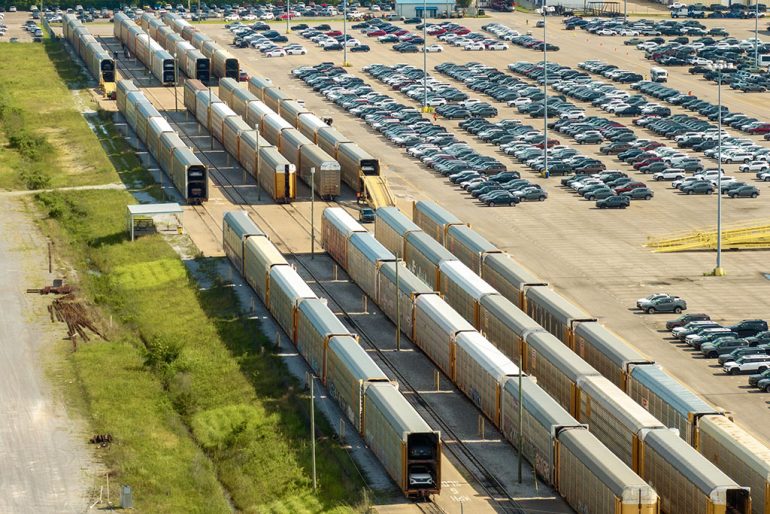Automotive

In a seismic move that’s sending shockwaves through the auto industry, President Donald Trump’s updated auto tariff policy is poised to impact more than $460 billion worth of vehicle and parts imports annually. With a 25% tariff set to take effect on a wide-ranging list of components starting May 3, automakers, suppliers, and even consumers are bracing for a significant shake-up in how cars are built—and how much they cost.
The latest revision, revealed in a Federal Register notice, adds nearly 150 categories of automotive parts to the original Section 232 national security tariffs. That includes the heavy hitters: engines, transmissions, and lithium-ion batteries—cornerstones of modern powertrains and electric vehicles. But it doesn’t stop there. Tariffs are also hitting smaller, high-volume components like tires, brake hoses, and spark plug wires—parts that are essential across nearly every vehicle segment.
A New Era of Cost Pressures for the Industry
For years, global supply chains have allowed automakers to keep costs down and innovation high. But this move changes the game. The updated tariff list spans both high-tech and legacy components, including electronic control units and automotive computers, even though they fall under a general computer import category that also covers laptops and disk drives. In 2024 alone, that category accounted for $138.5 billion in imports, according to the U.S. Census Bureau. While the exact share tied to vehicles isn’t clear, one thing is: today’s cars are rolling computers—and taxing those critical systems adds pressure across the board.
That $459.6 billion in auto and parts imports—excluding general electronics—forms the backbone of what keeps American car showrooms stocked. And with the U.S. also enacting a separate 10% baseline tariff on all imports (effective April 5), many industries are under fire. However, the administration clarified that autos and parts covered by the 25% Section 232 tariffs will not be double-taxed under the new baseline or reciprocal tariffs.
Supply Chains in the Crosshairs
With the May 3 activation date looming, automakers are now forced to reassess global sourcing strategies. Vehicles and components sourced from countries outside the U.S.-Mexico-Canada Agreement (USMCA) zone are now far more expensive to import. Even within USMCA, only the non-U.S. content of a vehicle or part will be tariffed—giving some breathing room, but not much.
This could spark a slow-motion reindustrialization of auto part manufacturing within the U.S., but that shift takes years, not months. In the short term, the industry will likely see price hikes, delayed model rollouts, and perhaps even an acceleration of platform sharing to streamline costs.
What’s Next?
The Commerce Department has been tasked with developing a process—within 90 days—for domestic producers to petition for additional auto parts to be added to the tariff list. That means the current impact might just be the beginning. Depending on how aggressively automakers and suppliers react, we could see ripple effects across production schedules, dealership inventories, and ultimately, the sticker price on the showroom floor.
Whether you’re a buyer eyeing a new SUV, a dealer managing allocation, or a supplier trying to juggle new margins, the message is clear: the automotive landscape is shifting, and it’s shifting fast.
As the industry digests the implications of this $460 billion policy shift, the road ahead promises to be anything but smooth. Stay tuned—this is one highway detour that’s going to affect every driver in America.
FOLLOW US TODAY:

